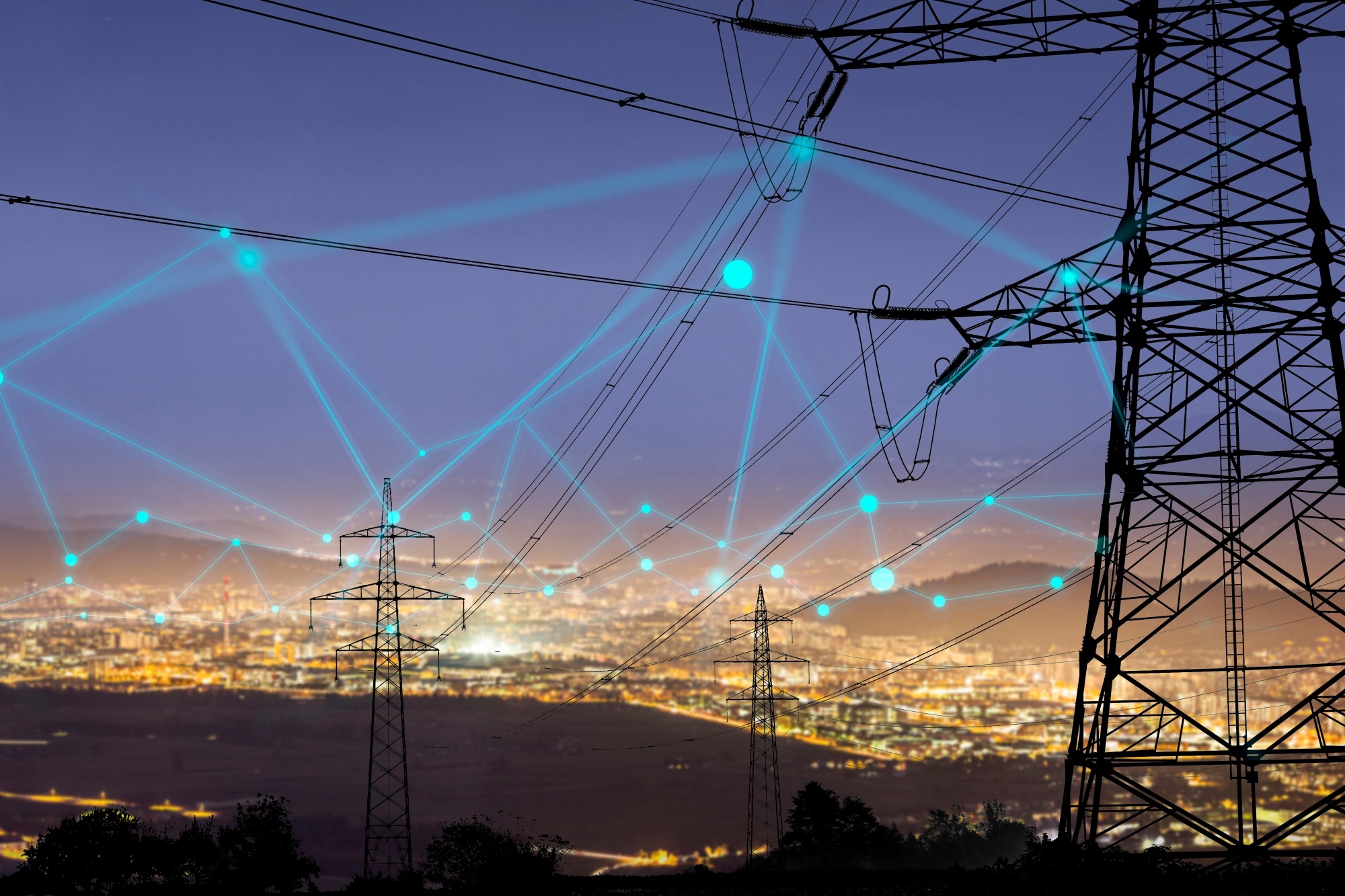
New Zealand’s household voltage limits have been widened to 230 V ±10%. Previously they were 230 V ±6%.
Understanding the 2025 Changes to New Zealand’s Voltage and Inverter Settings
On 13 November 2025, the New Zealand Government expanded the allowable voltage limits used on local electricity networks from 230 V ±6% to ±10%. This wider range better supports the growing number of solar systems, batteries, EV chargers and other smart devices being installed in homes and businesses.
We have developed the FAQs below to help industry understand the change. This page will be updated regularly as new information becomes available.
Information for consumers is being developed and will be available shortly.
What does this mean?
New Zealand’s household voltage limits have been widened to 230 V ±10%. Previously they were 230 V ±6%.
This gives electricity networks more flexibility to manage the grid as more homes add rooftop solar, batteries and EV chargers. Because most modern appliances are designed to operate across a broad voltage range, this change will not affect how everyday consumers use electricity. These limits apply to the voltage supplied by networks, not to the design of household appliances.
The main benefit is improved network capacity and more room for local generation. Older or voltage-sensitive appliances may experience additional wear at the extreme ends of the new range, but for most homes the impact will be minimal. It’s hard to generalise, so if concerned speak with your installer or local electricity network.
Why the change?
The change makes the electricity network more resilient and better able to handle modern demand, such as solar export and EV charging. Under the previous tighter limits, voltage would go out of range more easily, leading to export curtailment or the need for costly upgrades. This is occurring more frequently as DER uptake increases, even without any change in underlying demand.
Because most appliances can already tolerate these levels, widening the allowable range is a low-cost way to support clean energy, reduce unnecessary curtailment and delay expensive infrastructure investment.
What do other countries do?
Many countries already use voltage ranges similar to New Zealand’s updated limits. Most of Europe operates at 230 V with tolerances around ±10%, and the UK allows 230 V between approximately 216 V and 253 V. Australia also uses 230 V with a comparable tolerance.
New Zealand’s shift brings it into alignment with modern international practice.
Frequently Asked Questions
Voltage Change: What do these changes mean for different groups?
Voltage Change Webinar
Voltage Change Webinar: Presentation and Video
Relevant Regulations and Standards
Electricity (Safety) Regulations 2010
The Electricity (Safety) Regulations 2010 (“the Regulations”) set the legal requirements for electrical safety in New Zealand. These safety requirements have not changed as a result of the voltage amendment.
Any inverter sold or installed in New Zealand must comply with the versions of the Standards referenced in the Regulations.
For grid-connected inverters, the Regulations reference:
- In Schedule 2, AS/NZS 4777.1:2024 – Installation Requirements: Specifies installation and electrical safety requirements for inverter energy systems up to 200 kVA
- In Schedule 4, clause 14, AS/NZS 4777.2:2020, Part 2 including Amendment 1 – Inverter Performance Requirements: Defines the safety, performance and testing requirements for inverters
Electricity Industry Participation Code 2010
Separate from safety compliance, the Electricity Industry Participation Code 2010 (“the Code”) governs how equipment must operate on the electricity network.
The Electricity Authority has consulted on adopting the Region A settings profile from AS/NZS 4777.2:2020 including Amendment 2:2024 as the national inverter settings configuration.
This affects how inverters are configured when they are installed, not the safety compliance standard they are certified to.
We will update this page once the EA confirms its final decision.
Inverter Settings
Region ‘Australia A’ (Region A) Settings
Region A is a specific inverter configuration under AS/NZS 4777.2:2020 primarily used in eastern Australia, based on a steady-state voltage range of 216–253 V.
New Zealand Inverter Settings
The Electricity Authority has consulted on using the AS/NZS 4777.2:2020 + A2:2024 Region A settings profile as the default configuration for New Zealand. We are awaiting the Electricity Authority’s final decision and will update this page when guidance is released.
Until then, installers should continue following existing network requirements and the Regulations. Installers should also follow any interim guidance issued by their distribution network.
Region A is being considered because it:
- Aligns with international practice
- Supports smooth operation under the new voltage limits
- Provides consistent settings for installers and networks
- Reduces the risk of multiple bespoke NZ-only profiles emerging

